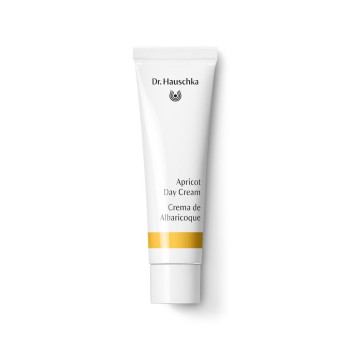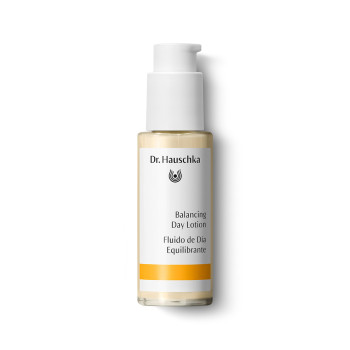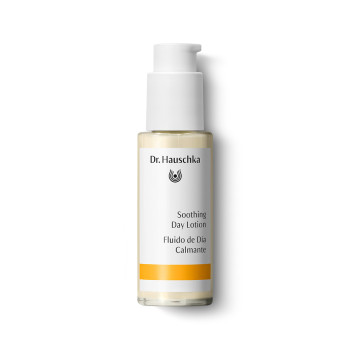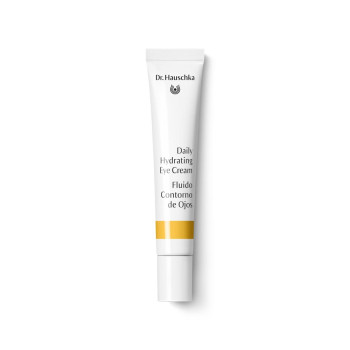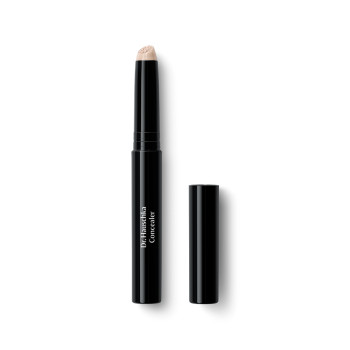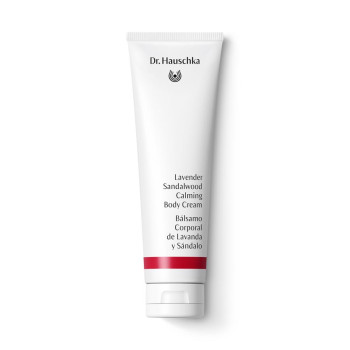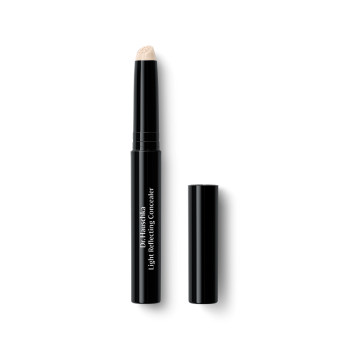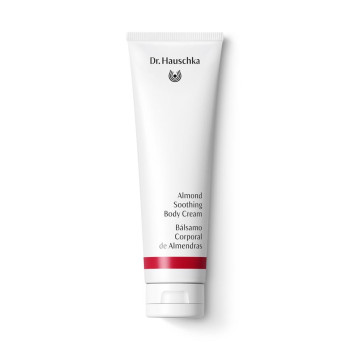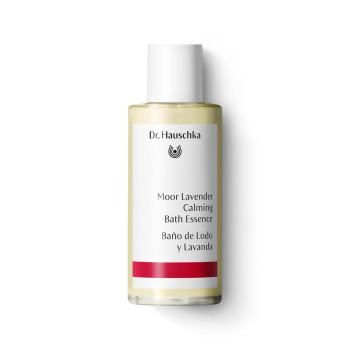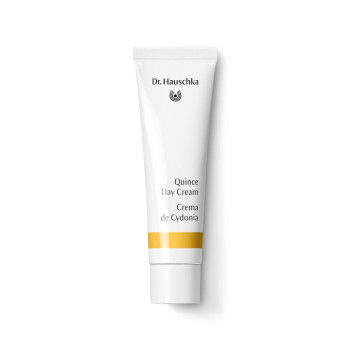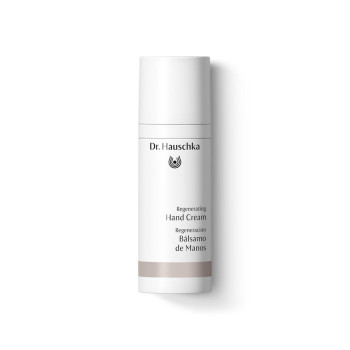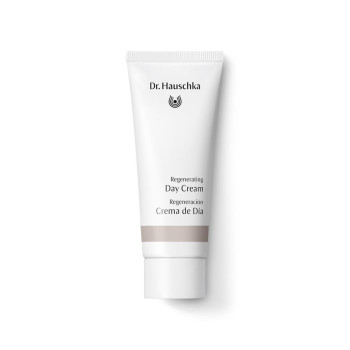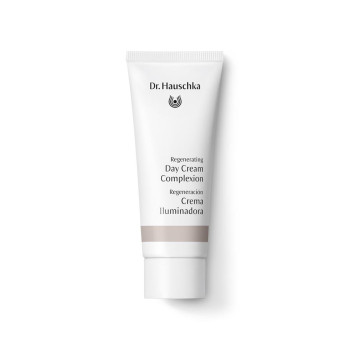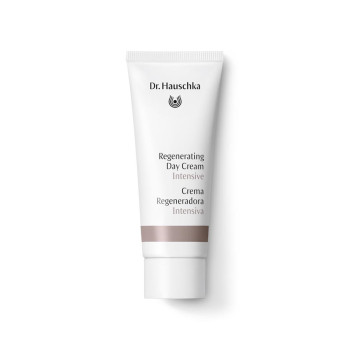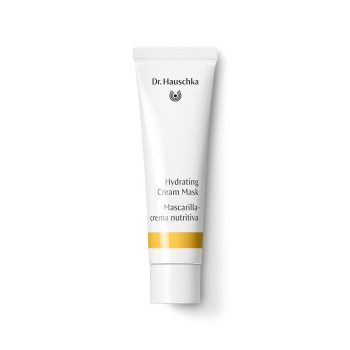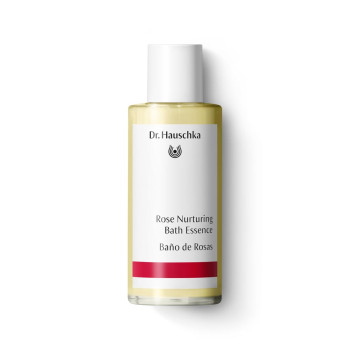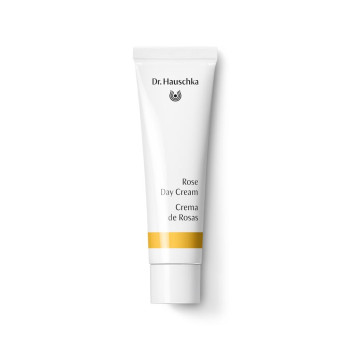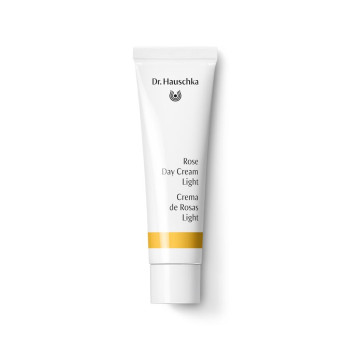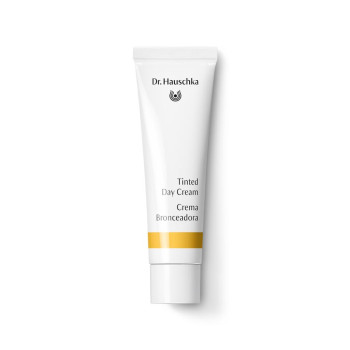
Avocado
Synonyms: alligator pear, summer pear, aguacate, palta
Scientific Name: Persea americana
Family: Lauraceae (Laurel Family)
Habitat
Native to Central America. Now cultivated in tropical and subtropical regions worldwide, e.g. South Africa, California, Brazil, Israel and Spain.
Constituents
Flesh: about 25% oils, provitamin A, vitamins B, C and E, iron, calcium, potassium, magnesium.
Avocado oil: triglycerides, unsaturated fatty acids, e.g. palmitoleic acid, partial glycerides and phospholipids, sterols, carotenoids, provitamin A, vitamins D and E.
Description
The avocado we know today as a tasty ingredient of salads and dips is actually the fruit of an evergreen tree with dark green leaves up to 16/40 cm long and grows to a height of 33-65 feet/10-20 meters. The small, inconspicuous yellow-green flowers are arranged in panicles of several hundred blooms which do not develop into fruits until the tree is about ten years old. There can be as many as a million flowers on a single tree but only a small proportion of these develop into fruits.
Botanically, the round to pear-shaped fruit is a berry, its greenish yellow to golden flesh surrounding a large seed. Avocados never soften on the tree but fall to the ground while the flesh is still hard. Once they have fallen the water content decreases and the flesh acquires its soft, buttery texture.
Interesting Facts
The name 'avocado' is the Spanish version of the Nahuati (Aztec) word ahuacatl, which is derived from ahuacacuahatl and literally means testicle, for the way the avocado fruits grow on the tree. The Spanish pronounced the Aztec word aguacate which then became avocado.
The earliest evidence of use of the avocado was found in graves from around 7,000 B.C. Archaeologists in Peru found a water jug in the shape of an avocado dating back to the pre-Inca period (c. 900 B.C.). The Aztecs are known to have cultivated avocados. They ate the fruits and used the oil for skin and hair care. The mashed pulp of the avocado, which they considered a sacred fruit, was used for wounds and gastrointestinal complaints and colic. Avocado puree mixed with oil was considered an aphrodisiac.
When the Spanish arrived in the Americas the fruit was found from Mexico to Peru. Fernandez de Oviedo (1478-1557) – historian and chronicler of the South American conquest – described the avocado for the first time in 1526 in his book 'Sumario de la natural historia de las Indias'. The Spanish spread the fruit through the Caribbean, Venezuela, Madeira and the Canary Islands. Today more than 400 cultivars are known around the world.
Oddly, avocado flowers change sex. One half of the day the flower is ready to receive pollen (female), the other half of the following day the flower sheds pollen (male). Some trees have flowers that are female in the morning and male the following afternoon while others have flowers in which the opposite is the case. Both types of tree must be present close to each other for pollination by bees, flies and wasps to take place.
Ancient avocado seeds were dispersed by large mammals such as the now extinct South American giant sloth. The animals would eat the avocado fruits together with their seeds which they would then excrete with their dung a long way from the parent plant. Today the avocado tree has no natural disseminators – except humans who often raise imposing indoor plants from the seeds.
In the different cuisines of the world the avocado, with its neutral, nutty flavour, is used in both sweet and savoury dishes. The Taiwanese and Philipinos drink avocado whisked with milk and sugar as dessert. Avocado ice cream in South America, sushi with avocado in Japan, avocado dips (guacamole) in Mexico and avocado with milk, coffee and rum as a beverage in Indonesia are further examples.
The pulp of the avocado oxidises quickly when exposed to air, becoming an unsightly brown. When making avocado creams there is a good way to prevent this instead of using lemon juice or vinegar: just place the kernel in the finished cream and this will stop it from turning brown.
The plant in our products
Avocado oil is used as a moisturising ingredient in:
